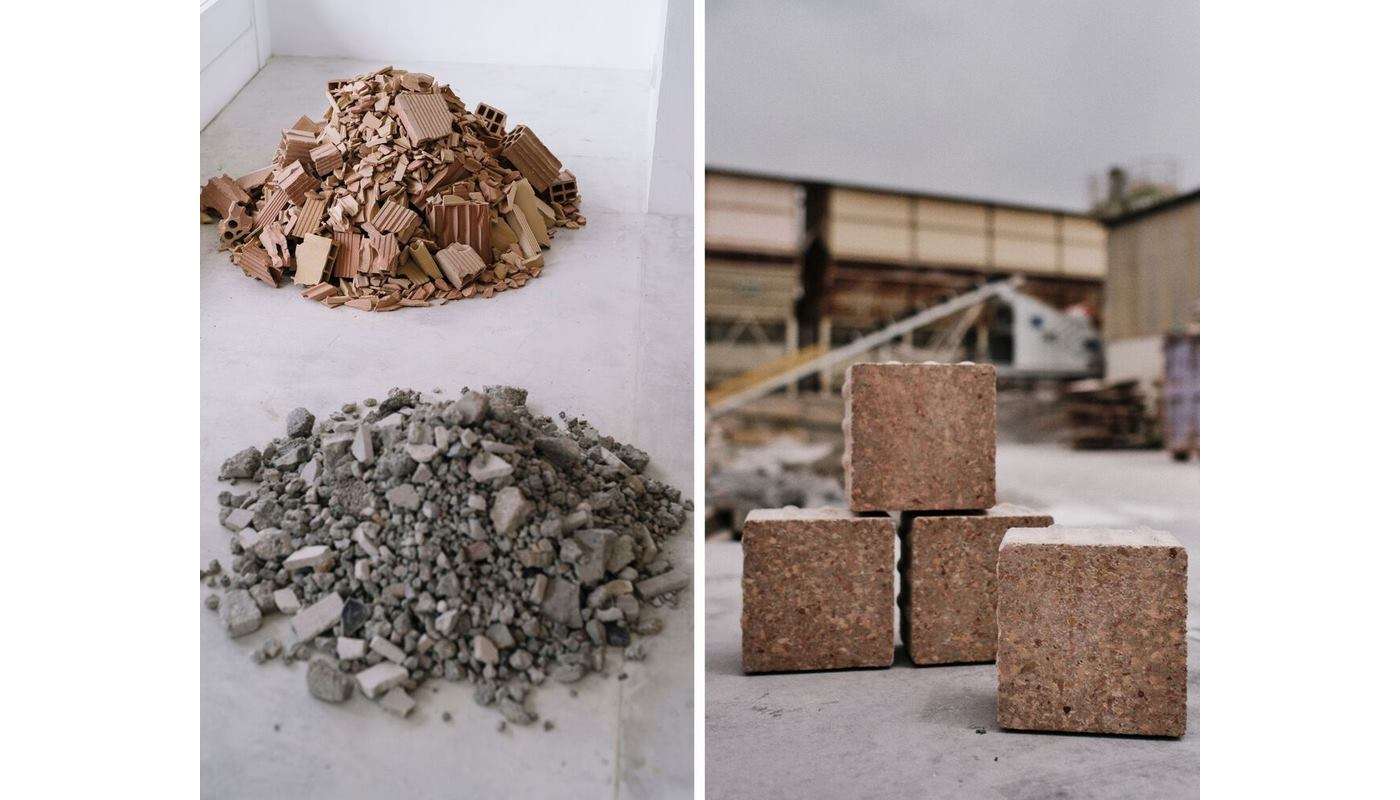The World's Largest 3D Printed Building is a Horse Barn That Can Endure Florida Hurricanes
COBOD printers have now created the world's tallest 3D-printed building, the world's fastest, and now the world's largest.

A Mallorcan design company has come up with a water-absorbant mortar made from masonry waste on the island archipelago.
Not only does this green building material create zero additional waste products, but no additional emissions from transportation, since it's created locally.
But how much construction waste could possibly be generated from a few islands? Sure Mallorca is a major holiday destination, but the rest of the islands in Spain's Balearic Archipelago are very small.
According to LOOP, a design initiative from the Balearic Islands's Institute for Business Innovation, these tiny islands nevertheless generate 250,000 tons of ceramic, stone, and concrete waste from construction and demolition.
With few sustainable landfill options, this waste has to be shipped to the mainland, involving a fleet of barges and trucks waiting on the shore, as well as tipper trucks and bulldozers to transfer it all.
To try and interrupt this wasteful supply chain and create something more circular, Loop tried to isolate the major waste products and identify their potential relationships. Mallorca produces a lot of ceramics—not just roof tiles but also bricks. When ground into power with crushed stone from walls and foundations, the addition of a natural white cement created a "hygroscopic" mortar.
Apart from paving stones, the mortar is suitable for all major construction projects that must adhere to strict EU energy standards, but also for the renovation of historic properties.
"Hygroscopic" means that, like those silica gel bead packs, the mortar attracts and holds moisture within it. Ideal for keeping humidity out of sensitive environments.
According to Loop, it also lends itself to drainage, allowing water to naturally seep into the ground, or be captured and retained in lower layers for subsequent reuse or controlled deposition.
How Cool Is This Circular Economic Idea? Let Your Friends Read It…
Be the first to comment